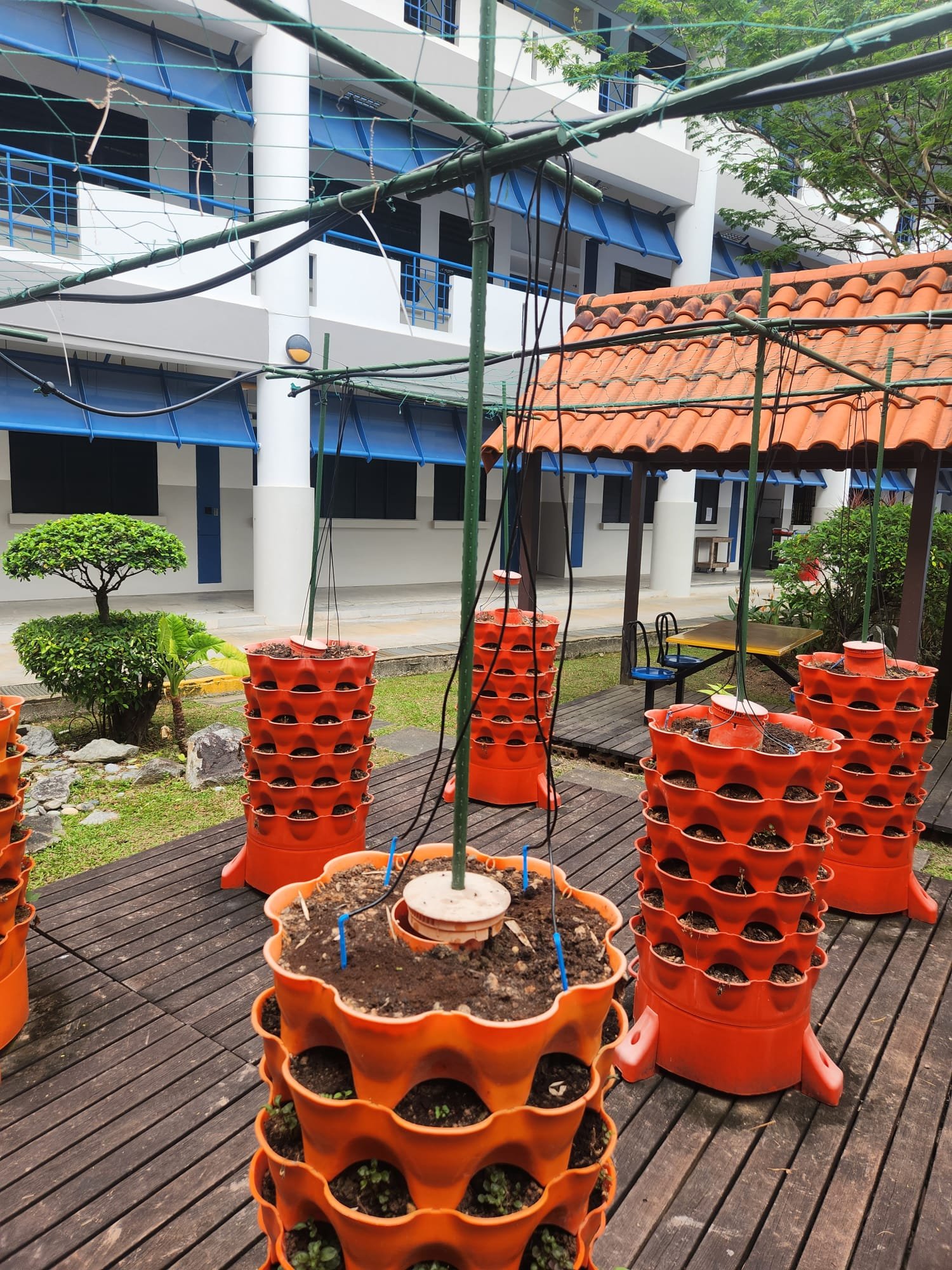From commercial farming in Cambodia to urban farming in Singapore
Nic Goh and his company stands at the intersection of commercial agriculture and urban farming. He is one of the driving forces behind a unique farming initiative that spans Cambodia, Singapore, and Vietnam. Today, we dive into Nic’s transition into urban farming, his motivations and his areas of expertise.
COVID-19 as a catalyst to reimagining agriculture in an urban setting
Nic began his agricultural career as a commercial farmer in Cambodia, focusing on large-scale rural farming operations. However, when the COVID-19 pandemic hit, it became a catalyst for a dramatic shift in his focus. “During the COVID period, the Singapore government reached out to me,” Nic recalls. “They wanted to know if I was interested in creating farming businesses in Singapore, given the country's goal of achieving 30% local food production by 2030.”
Farming in a densely populated city
This call to action led Nic to return to Singapore, where he faced the challenge of farming in one of the most densely populated urban environments in the world. The city-state’s limited land area posed a significant challenge, but it also presented a unique opportunity to rethink traditional farming methods. “Singapore is very landscape-constrained, so we really needed to explore alternative methods of growing food in an urban setting,” he explains.
Innovating with urban spaces: The rooftop farm
Nic’s solution was to transform underutilised urban spaces into productive farming areas. His farm, located on the rooftop of a multi-story car park in the heart of Singapore, is a testament to this innovative approach. “What makes our farm unique is that it’s in an urban setting, utilising spaces that are typically overlooked,” Nic says. “The objective is to supply food to the communities around the area, especially in the event of a food shortage or crisis.”
A model for sustainability and education
This rooftop farm, which produces about 4 tons of vegetables a month, not only contributes to Singapore’s food security but also serves as a model for urban farming globally. Nic’s farm has become a hub for educational programs, where local students learn about sustainable agriculture and the importance of local food production. The farm’s success has even caught the attention of Singapore’s Minister of Sustainability, who recently visited the site.
The concept of urban farming was new to Nic when he first started this new chapter, but it didn’t take long for him to recognise its potential. “I really wasn’t keen on doing urban farming initially, but I found a strategy that worked, and now I see its value,” he admits. His success in Singapore inspired him to bring similar initiatives to Cambodia, where he has since established both rural and urban farms. “During COVID, when travel was restricted, we used our systems to help locals in Cambodian cities grow their own vegetables at home. It was a way to support the community during a difficult time,” Nic explains.
In addition to his farming ventures, Nic is also exploring the potential of integrated waste conversion solutions, reflecting his commitment to sustainability on multiple fronts. He sees many benefits around urban farming as it as a valuable opportunity to exchange ideas and solutions. “The challenges that Southeast Asia faces in urban farming are different from those in the West. Sharing our experiences and learning from others is a wonderful opportunity,” he says.
Connect and learn
Nic is eager to deepen his understanding of sustainable urban farming techniques and explore innovative approaches to integrating technology into agricultural practices.
With a solid background in urban agriculture, he can offer valuable insights into effective farming methods, community engagement strategies, and best practices for promoting green initiatives in urban settings.
Want to learn and share with urban farmers like Nic and from other 10 countries?


